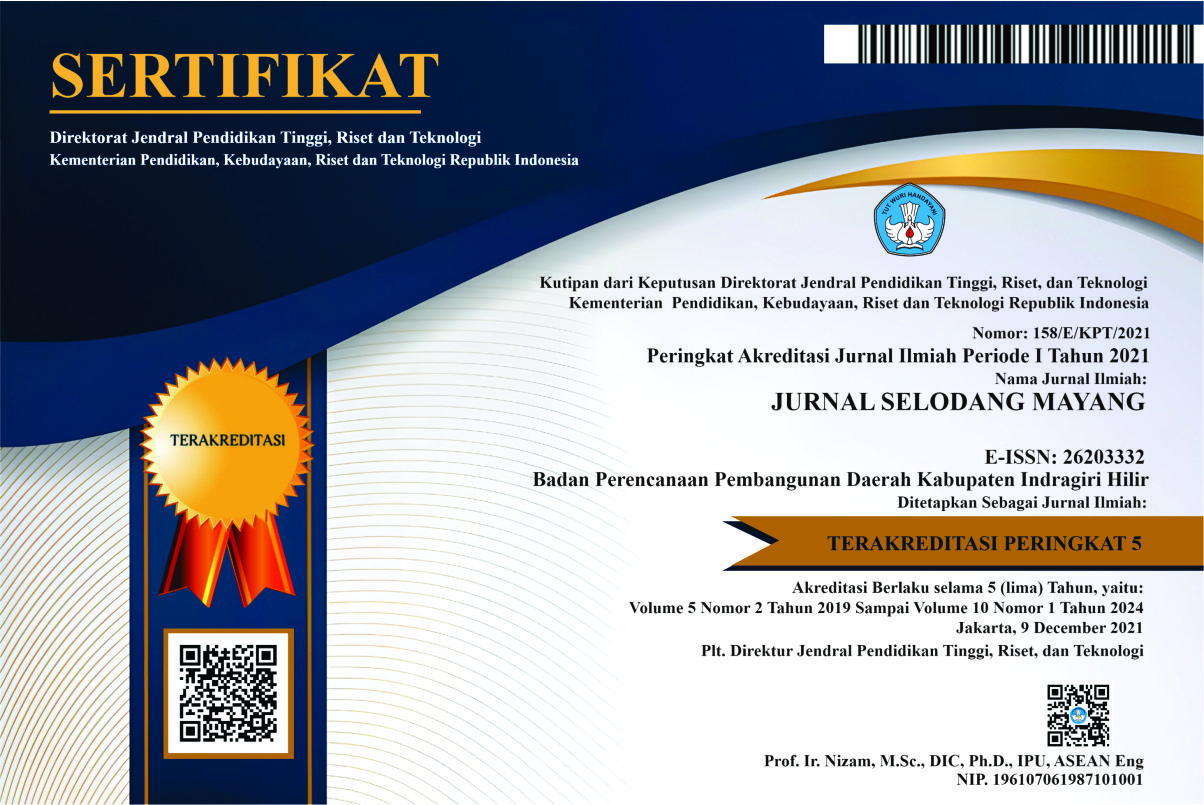ANALISIS JEMBATAN KAYU KOMPOSIT BERBASIS MATERIAL DAN KEARIFAN LOKAL (STUDI KASUS : KABUPATEN INDRAGIRI HILIR)
Abstract
Availability of wood with properties suitable for bridge construction is increasingly scarce. The reason is the diminishing size of the forest as a source of timber. To anticipate this, an innovation is needed by utilizing wood that is still widely available, but its nature does not meet the requirements. The method used is the application of wood composites as the raw material for bridge construction. In this regard, the purpose of this study is to examine the behavior of class I and class III wood composites. To achieve these objectives, wood composite applications are used as raw material for bridge construction
The results of flexural testing of meranti-balau composite wood samples with a composition of 10% high grade wood obtained an average flexural strength of 559.89 kg / cm2 (E11). Meranti-balau composite wood with a composition of 20% high grade wood obtained an average flexural strength of 597.79 kg / cm2 (E11). Whereas meranti-balau composite wood with 30% high grade wood composition obtained an average flexural strength of 673.92 kg / cm2 (E13). This of course can provide alternative substitution for the use of strong-grade wood that has been difficult to find.
So it can be concluded that the use of class I and class III composite wood is suitable for bridge structures with a maximum load of 500 kg.









